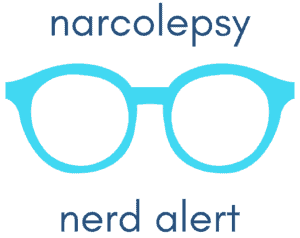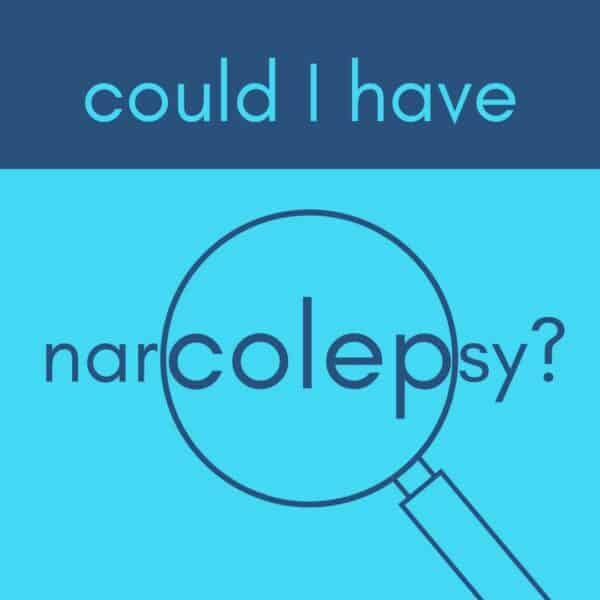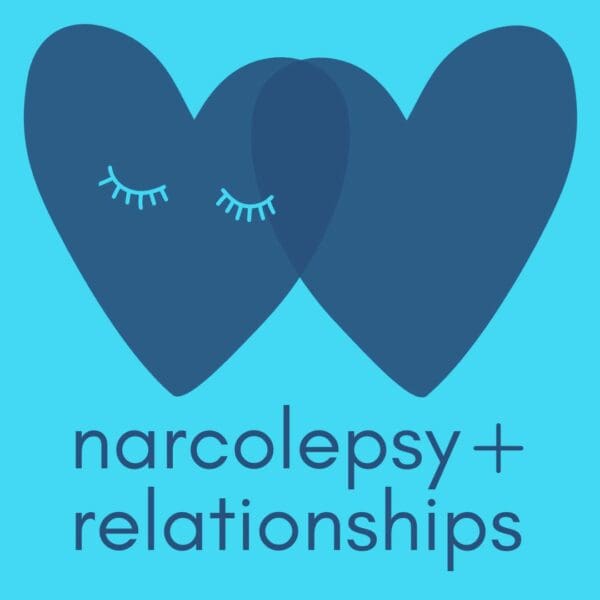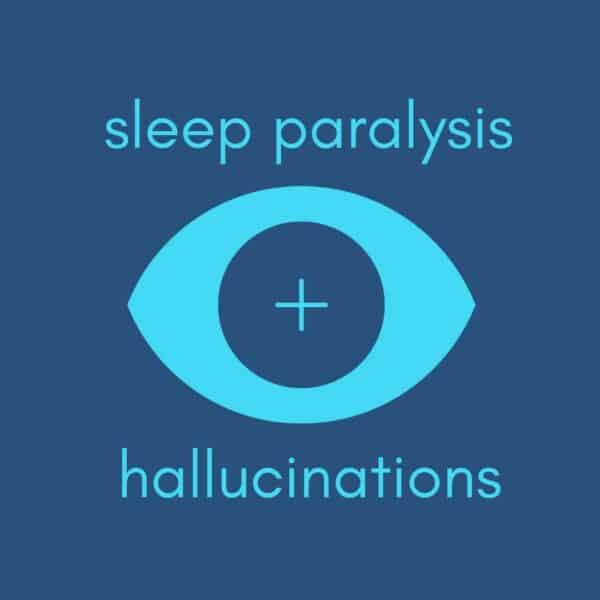 Cataplexy is a unique form of episodic muscle weakness experienced by some people with narcolepsy. The triggers, severity, and presentation can vary from person to person, often making it a challenging symptom to identify.
Cataplexy is a unique form of episodic muscle weakness experienced by some people with narcolepsy. The triggers, severity, and presentation can vary from person to person, often making it a challenging symptom to identify.
Project Sleep President and CEO, Julie Flygare, hosted the “Coping with Cataplexy” broadcast with featured panelists Dr. Katie Sharkey, a sleep medicine physician, and Project Sleep Rising Voices speaker, Katie Mehin, to discuss the many ways in which cataplexy can manifest and affect daily life.
Use the buttons below to jump to the different formats of this conversation and be sure to download our Coping with Cataplexy toolkit for more info.

 Narcolepsy Nerd Alert toolkits accompany each broadcast. These guides are designed for people living with narcolepsy and their loved ones to offer new tools, tips, and perspectives on navigating narcolepsy.
Narcolepsy Nerd Alert toolkits accompany each broadcast. These guides are designed for people living with narcolepsy and their loved ones to offer new tools, tips, and perspectives on navigating narcolepsy.
 Project Sleep’s live broadcast series
Project Sleep’s live broadcast series 








1 Comment. Leave new
I was diagnosed with cataplexy/ narcolepsy in the 1960”s after nursing school. The cataplexy has subsided and the narcolepsy sometimes occurs while watching tv e.g. – missing segments – then waking. I have used caffeine pills – especially when first diagnosed – afraid to drive without them. I still use them as a safeguard. I am 79 years old and grateful for the early diagnosis.